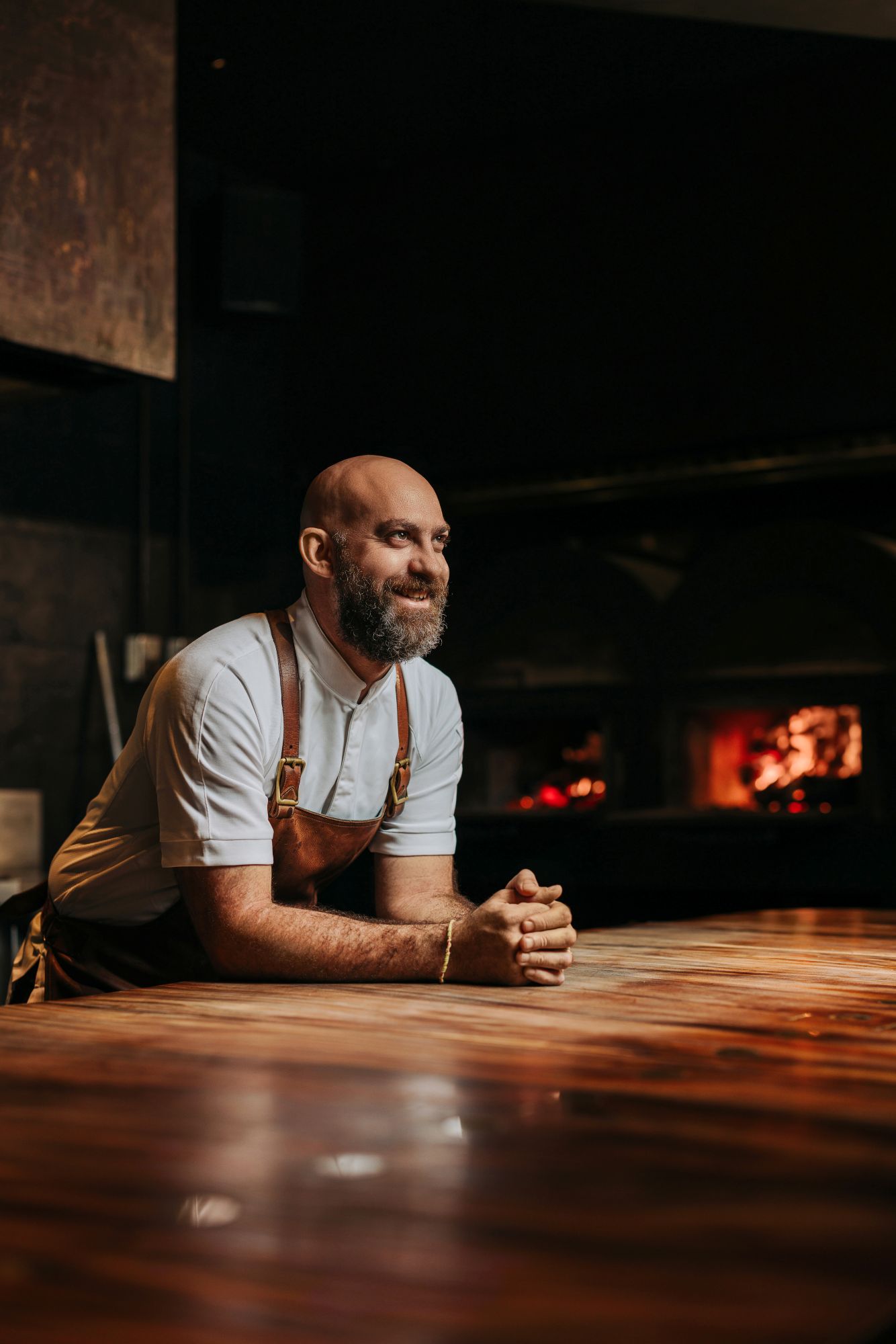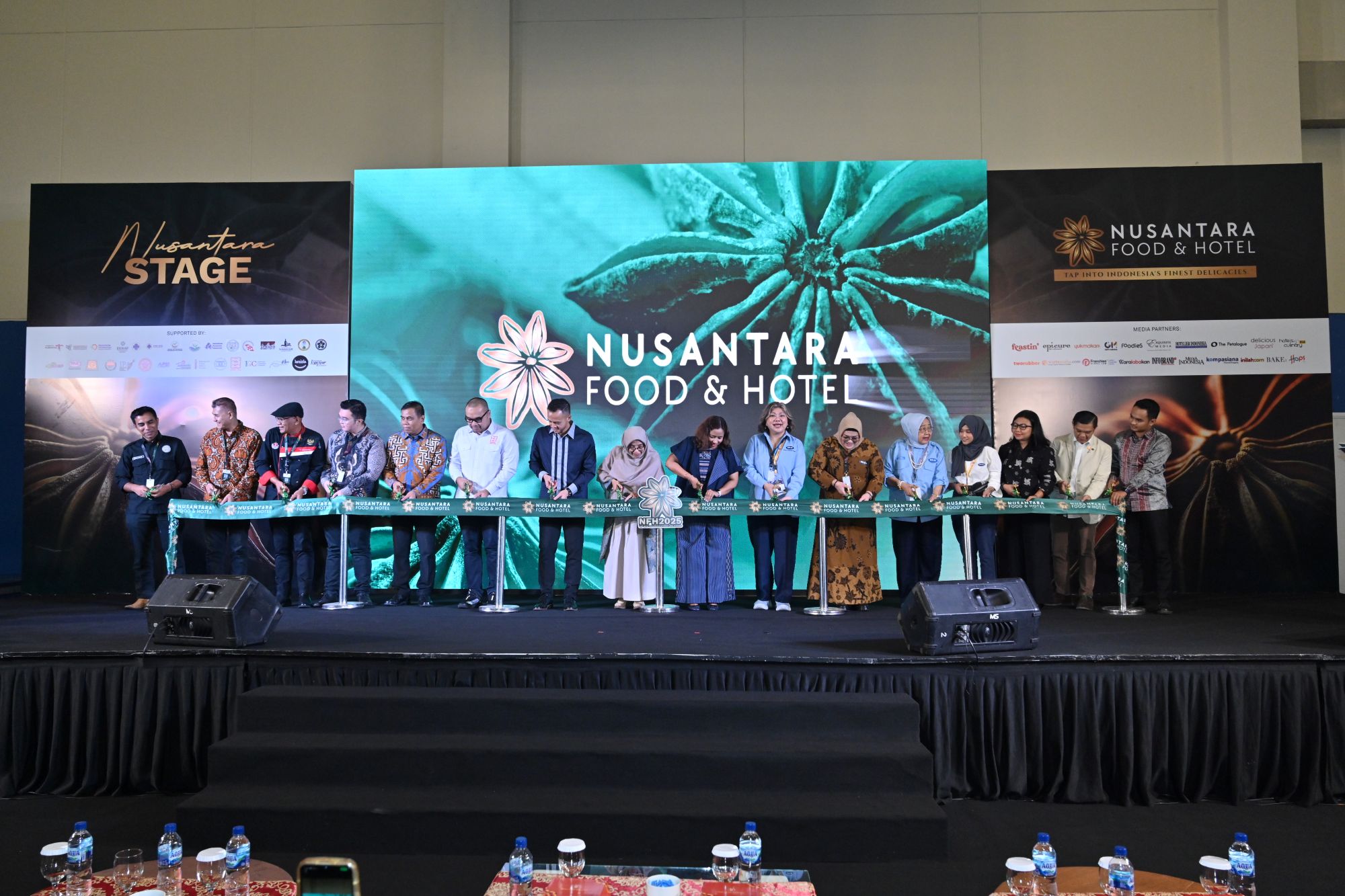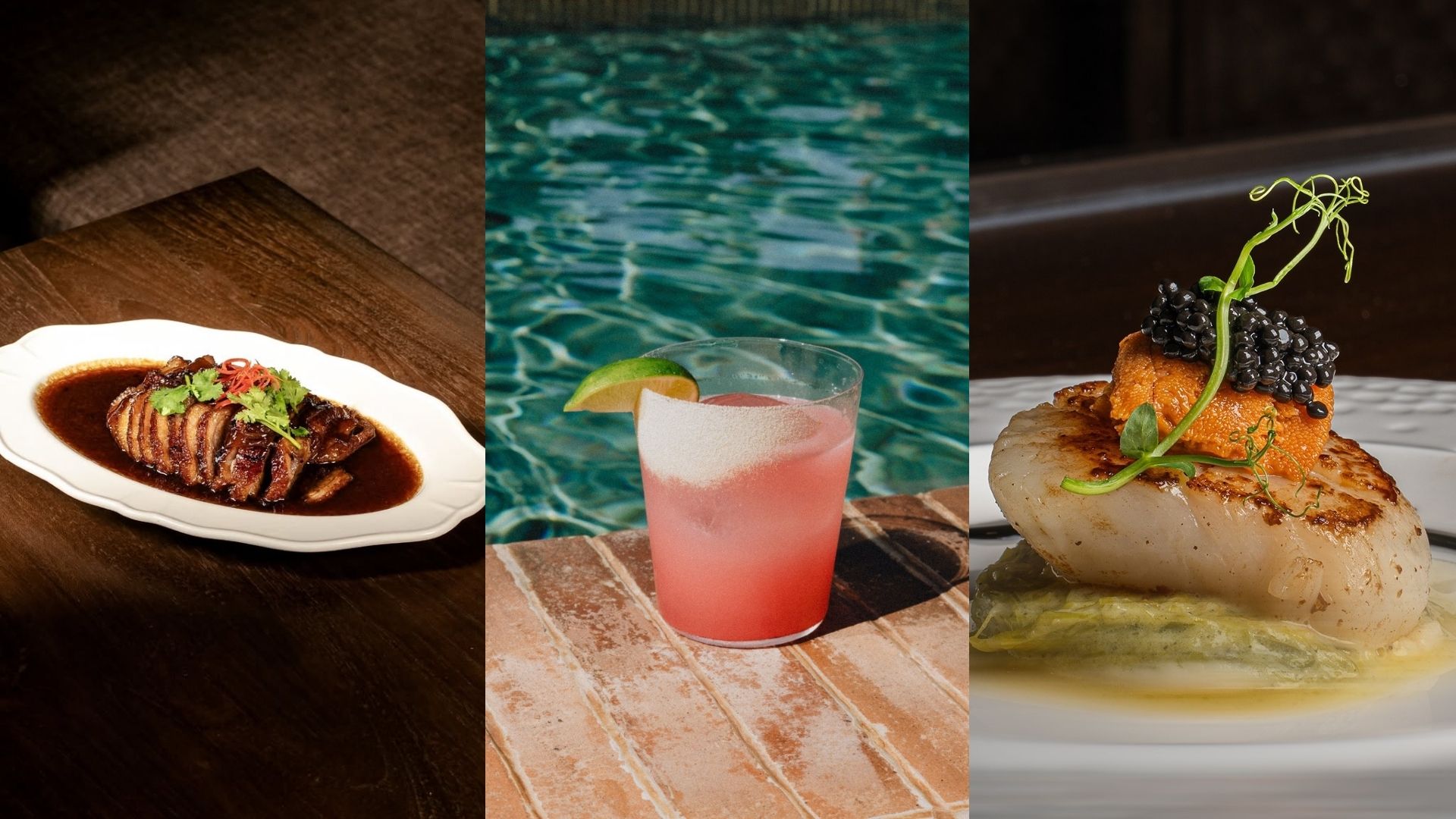The flaky, layered texture, the sweet fillings, and the fresh toppings – are all encased within a square shape with the filling nestled perfectly in the center. It has always been my go-to treat whenever I step into a bakery. I’ve always assumed it was called a croissant because of its distinctive texture.
But wait, is that really a croissant? Or could it be a different kind of pastry altogether?
In the world of bakeries and pastries, there are many names to navigate – croissants, Danish pastries, Viennoiserie, and more. One name that might still be unfamiliar to some people is Viennoiserie. It has an undeniably French ring to it, yet it remains unfamiliar to most people.
Suppose you’ve ever found yourself in a situation like mine, struggling to discern the subtle differences among these delectable dishes. In that case, it’s time we delve deeper into these French-baked goods.
The Origins of Viennoiserie
Despite its French-sounding name, Viennoiserie finds its roots not in France, but in Austria. “Viennoiserie” itself translates to “something from Vienna, Austria.” This delectable breakfast pastry stands out for its flaky, multi-layered dough.
In 1838, August Zang introduced Viennoiserie to the world when he opened the Boulangerie Viennoiserie bakery in Paris. This bakery marked a groundbreaking addition to French pastry, bridging the gap between traditional pâtisserie and French bread. The secret lies in its common ingredients—flour and active yeast cultures—resulting in a quick rise and those signature layers.
Best Time to Eat Viennoiserie
In France, Viennoiserie is the breakfast of choice. The French, renowned for their bustling mornings, often find themselves short on time to procure fresh bread for their day’s start. Instead, they opt for a clever workaround: preparing Viennoiserie the night before, setting it for a delightful morning meal.
Yet, Viennoiserie doesn’t stop at the breakfast table; it’s also a beloved snack among French children. Generous adults frequently treat the younger generation to a mouthwatering array of pastries, including croissants, pain au chocolat, and other irresistible options.
How to Make it
The most important and crucial element that most Viennoiserie has, compared to other baked goods, is its crisp outer shell and soft, flaky interior. The process begins with crafting the dough, which can be either puff pastry or a specific dough blended with yeast. A harmonious blend of ingredients, including sugar, butter, salt, and more, is meticulously incorporated to infuse flavor and texture. The dough is then shaped and adorned with a medley of toppings tailored to the specific type of Viennoiserie. These delectable creations are finally baked to a glorious golden brown finish.
Differences Between Viennoiserie and Others
Pastries come in sweet and savory varieties, and they don’t rely on yeast for their rise. In contrast, viennoiseries have their unique approach, using active levain for a subtle sweetness and a generous amount of butter for those irresistible flaky layers. Quality pastries are known for their delicate, airy texture, achieved with eggs and baking powder instead of yeast.
Viennoiseries, a distinct category in the world of baked goods, are known for their reliance on enriched flour and leavening agents like yeast or sourdough. To reach their full potential, these succulent treats require an oven, often a steam oven. In addition to flour and yeast, Viennoiserie recipes usually include sugar, eggs, and ample butter. Unlike traditional desserts, viennoiseries shine during breakfast or when enjoyed with a comforting cup of coffee.
Different Shapes of Viennoiserie
Chausson aux Pommes
Chausson aux Pommes, though it may sound unfamiliar, is simply known as Apple Turn Over in English. These delectable treats feature puff pastry filled with sweet, freshly baked apples, neatly enclosed within a semicircle-shaped pastry dough. For a taste of this pastry, look no further than Levant Boulangerie Pâtisserie.
Croissant
The croissant, perhaps the most iconic and well-known Viennoiserie, boasts a flaky and buttery texture. Its crescent shape draws inspiration from the Austrian kipferl, all while utilizing French yeast-leavened laminated dough. Beyond the classic buttery goodness, you can now discover an array of croissant variations at LIT Bakehouse and Butterman Croissanterie.
Danish Pastry
Danish Pastries, readily available at N.O.B, come in various shapes, each featuring a characteristic center hole waiting to be filled with an exquisite concoction. These pastries often offer sweet or fresh flavors, including creamy fillings, apples, raspberries, vanilla, and more.
Kouign-Amann
At BRAUD, you can explore another taste of Viennoiserie – the Kouign-Amann. This pastry dough, resembling croissant dough, undergoes intricate folding and rolling, resulting in a denser texture and a delightful caramelized flavor profile that sets it apart from traditional croissants.
Pain Au Chocolat
Pain au Chocolat, a beloved French pastry, showcases its irresistible charm with its flaky buttery croissant dough embracing two sticks of rich dark chocolate, culminating in a heavenly bake. This delectable creation features a cuboid-shaped segment of yeast-leavened laminated dough, reminiscent of the texture of the beloved puff pastry, with the added delight of one or two pieces of dark chocolate nestled at its heart. Paris Baguette Indonesia and Bakerman have become the go-to destination for acquiring a pain au chocolat.
Pain Aux Raisins
If you go to 7 AM Bakers, don’t forget to buy Pain aux raisins - an indulgence pastry, that comes in a captivating flat, spiral design, plump and juicy raisins, and a tempting apricot glaze. While these breakfast treasures typically feature leavened butter pastry, akin to the texture of a croissant, the simplified version employs readily available puff pastry for a scrumptious twist.









